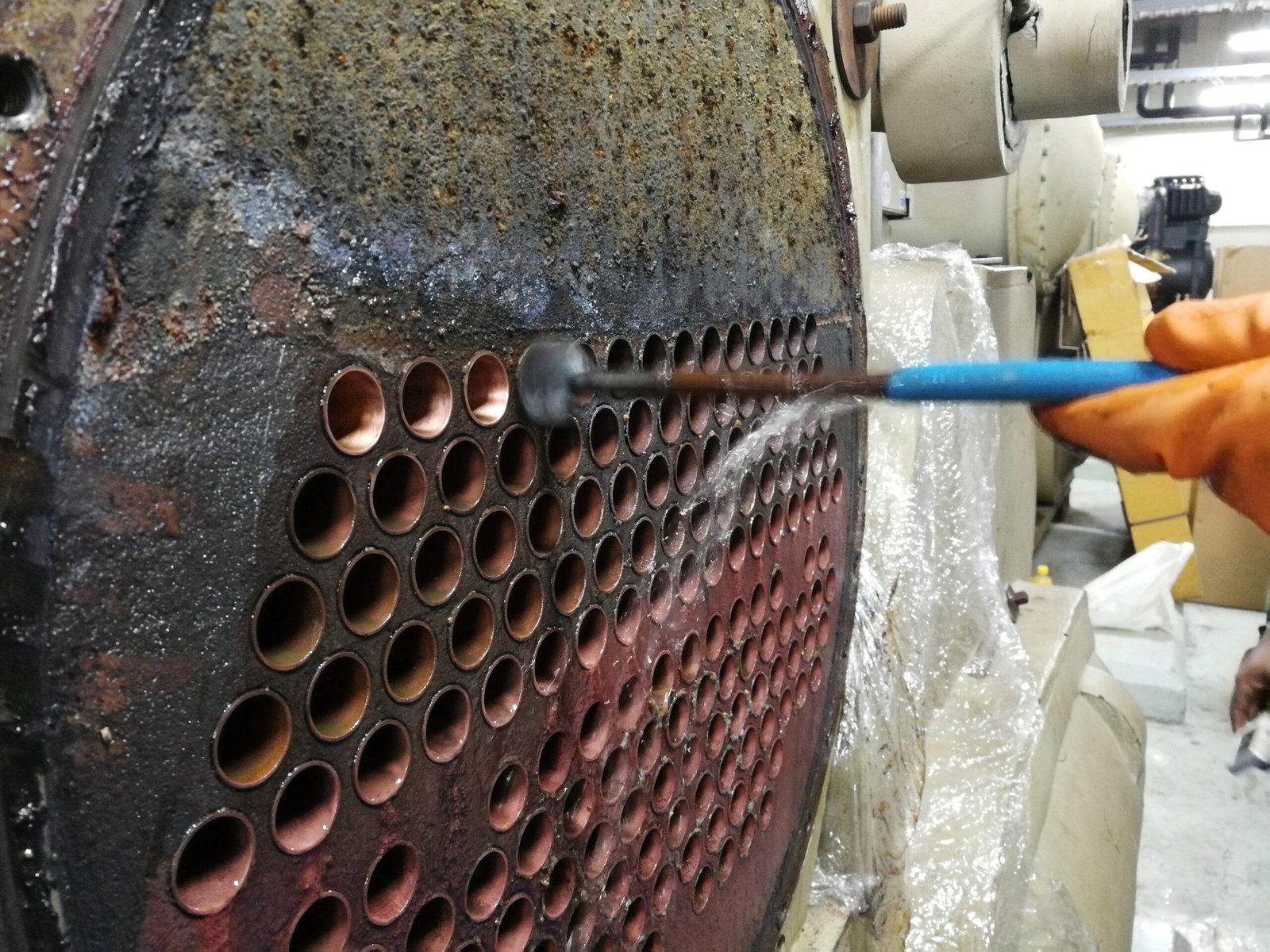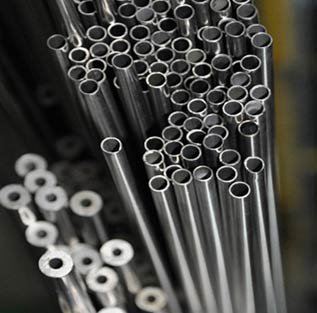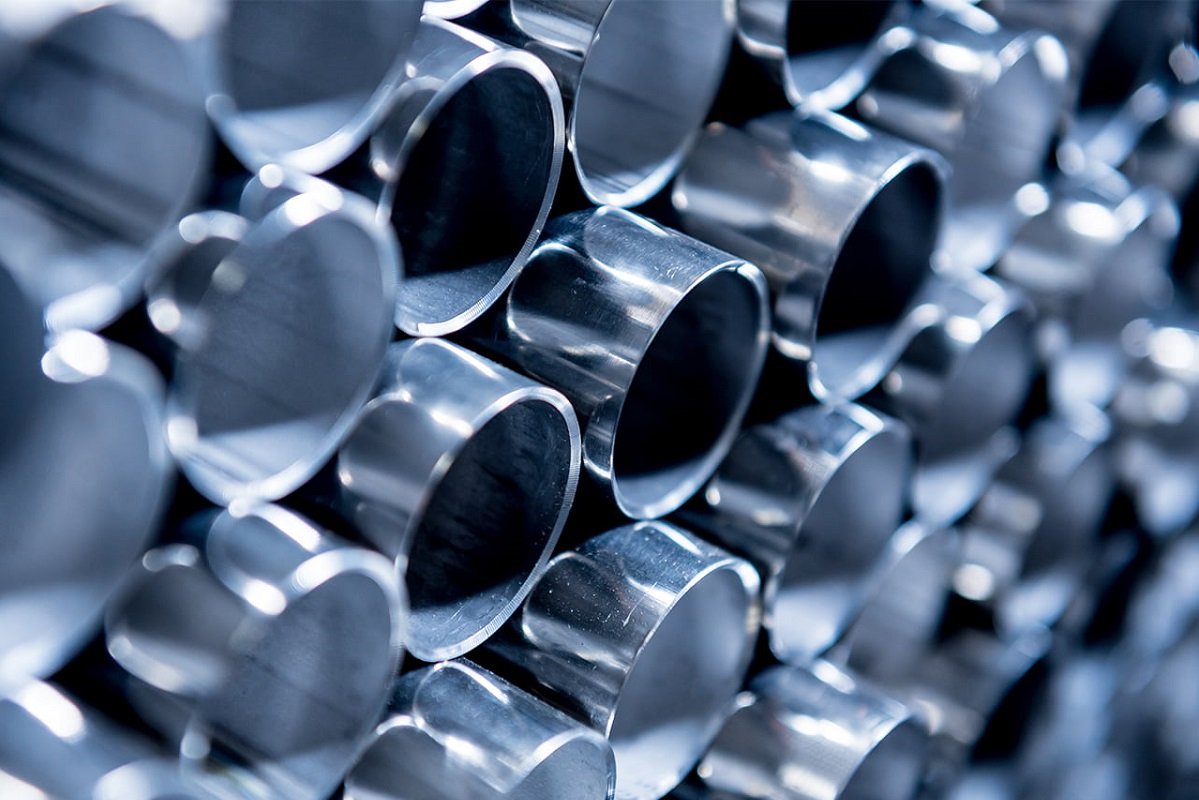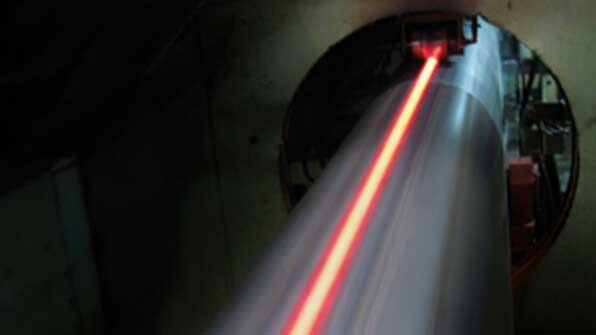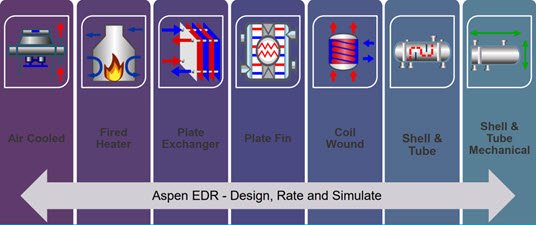Meta Description:
Explore the most common failure modes of stainless steel tubes including cracking, pitting, and stress corrosion. Learn how to prevent these issues through material selection, surface treatment, and quality control.
Introduction
Even the highest-grade stainless steel tubes can fail under extreme or mismanaged conditions. Understanding the failure mechanisms helps design engineers, QA teams, and maintenance crews prevent downtime, reduce risk, and extend the service life of critical systems.
This guide explains the top failure modes, their root causes, and how DLSS mitigates these risks through proper material selection, surface treatment, and quality testing.
1. Common Failure Modes in Stainless Steel Tubes
1.1. Pitting Corrosion
- Cause: Localized chloride attack (e.g., seawater, brine, cooling water)
- Appearance: Small, deep pits—difficult to detect early
- Prevention:
- Use Mo-alloyed grades like 316L or super duplex
- Ensure smooth surface (BA or EP finish)
- Follow correct passivation procedures
- NACE MR0175 / ISO 15156 guidelines
1.2. Stress Corrosion Cracking (SCC)
- Cause: Chloride + tensile stress + high temp (>60°C)
- Common in: TP304, TP316 in boiler tubes, condensers
- Prevention:
- Use duplex or austenitic-molybdenum alloys (e.g., 2205, AL-6XN)
- Minimize residual stresses via post-fab annealing
- Design to avoid stagnant fluid zones
1.3. Intergranular Corrosion (IGC)
- Cause: Sensitization due to improper heat treatment
- Risk zone: Grain boundaries depleted of Cr (500–800°C)
- Prevention:
- Use low-carbon grades like TP316L, TP304L
- Perform solution annealing after welding
- Conduct ASTM A262 IGC testing
1.4. Crevice Corrosion
- Cause: Oxygen-depleted micro-environments (e.g., gaskets, deposits)
- Prevention:
- Avoid stagnant designs or tightly closed joints
- Choose high-alloy materials (Alloy 625, 254SMO)
- Use smooth internal surfaces (EP recommended)
1.5. Hydrogen-Induced Cracking (HIC)
- Cause: Hydrogen atoms trapped in steel under sour service
- Applications at risk: Refineries, oilfields, pipelines
- Prevention:
- NACE-compliant alloys (e.g., TP316L NACE, Incoloy 825)
- Control hardness ≤ 22 HRC
- Pre-qualify via HIC & SSC tests per ISO 15156
2. Contributing Factors to Tube Failures
| Factor | Impact | DLSS Mitigation |
|---|---|---|
| Improper Material Selection | Reduced corrosion resistance | Full material traceability & PMI |
| Poor Welding Practices | Heat-affected zones weaken | Weld passivation + solution annealing |
| Surface Contamination | Triggers localized corrosion | Pickling + passivation, Ra control |
| Water Chemistry Imbalance | High chloride, low pH | Alloy advisory & material data sheets |
| Design Flaws | Dead zones or crevices | Application review support |
3. DLSS Quality Control Against Failures
- PMI Testing – Alloy verification by XRF or OES
- Hydrostatic Testing – 100% water pressure test (ASTM A1016)
- Ultrasonic & Eddy Current (UT/ET) – Detect internal flaws
- IGC & Ferrite Testing – For austenitic and duplex grades
- Hardness Testing – Confirm NACE compliance
- Grain Size Examination – Especially for TP304/TP316 applications
- Documentation – EN 10204 3.1/3.2 + Test reports + Photo records
DLSS also partners with SGS, TÜV SÜD, and Bureau Veritas for third-party witnessing and validation.
FAQs
Q1: Can a visual inspection catch early tube failures?
Often not. Pitting, SCC, or intergranular attack start microscopically. Non-destructive tests (NDT) are essential.
Q2: What alloys are best for chloride resistance?
Duplex 2205, Super Duplex 2507, Incoloy 825, and 254SMO are highly resistant to chloride attack.
Q3: Are all DLSS tubes tested for HIC/SCC?
Upon request. For sour service orders, DLSS performs NACE test procedures and provides full compliance documentation.
Q4: How often should tubes be inspected after installation?
This depends on operating conditions. For high-chloride, high-temp systems, annual inspection via UT or borescope is recommended.
Conclusion
Stainless steel tubes can fail due to corrosion, cracking, or stress-related mechanisms—but with proper design, material choice, and quality control, these failures are entirely preventable. DLSS supports every order with in-depth testing, certified materials, and technical guidance.
Contact DLSS
Email: info@dlsspipe.com
Website: www.dlsspipeline.com
Worried about tube failure in your application? Let DLSS help you choose the right material and testing regime for safety, longevity, and project success.


